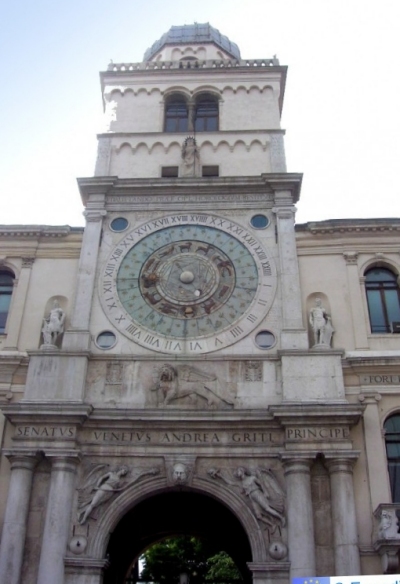 St. Columba (Colmcille), who founded the famous Abbey on Iona in Scotland, in his earlier years in Ireland, placed Baoithin his young nephew under the tutelage of St. Colman Ela. Baoithin was not lacking in intelligence but, for one reason or another, could not remember all of his tutor’s instructions. The vast bulk of information was transmitted orally and students were required to remember it.
St. Columba (Colmcille), who founded the famous Abbey on Iona in Scotland, in his earlier years in Ireland, placed Baoithin his young nephew under the tutelage of St. Colman Ela. Baoithin was not lacking in intelligence but, for one reason or another, could not remember all of his tutor’s instructions. The vast bulk of information was transmitted orally and students were required to remember it.
St. Colman was frustrated by his student’s lack of industry in memorising his lessons and struck him. Baoithin, like many a student before and since, ran away into the woods to evade study.
While in the woods, He came upon a man building a house. Due to the abundance of trees, most houses were constructed of wickerwork. The dawdling student watched the man weave the walls of the house, one rod at a time. It was repetitive and tedious work but Baoithin who watched this lone builder was impressed by how the walls of the house began to gradually emerge and take shape.
‘Baoithin said to himself: “Had I pursued my learning with this assiduity, it is probable I might have become a scholar.”’
A heavy shower of rain forced Baoithin to take shelter under an oak tree. He noticed a tiny drip falling near him from the canopy of leaves above. He dug his heal into the moistened patch of soil and made trough. It began to fill up drop by drop. ‘Ah, if I had pursued my learning, even by such a slow degree, I would doubtless have become a scholar.’
Then he spoke this lay:
“Of drops a pond is filled;
Of rods a round-house is built;
The house which is favoured of God,
More and more numerous will be its family.
“Had I attended to my own lessons
At all times and in all places,
Tho’ small my progress at a time,
Still I would acquire sufficient learning.
“[It is a] single rod which the man cuts,
 And which he weaves upon his house.
And which he weaves upon his house.
The house rises pleasantly,
Tho’ singly he sets the rod.
“The hollow which my heel hath made,
Be thanks to God and Saint Colman,
Is filled in every shower by the single drop;
The single drop becomes a pool.
“I make a vow, that while I live,
I will not henceforth my lessons abandoned
Whatever the difficulty may be to me,
It is cultivating learning I shall be.”
Baoithin (later St. Baoithin) obviously took his studies seriously after that. He was specially selected by St. Columba as one of the band of missionaries who set sail for Britain in 563. He was appointed Abbot of Tiree Island, a monastery founded by St. Comgall of Bangor. St. Adamnan, in recording the death of St. Columba, tells us that the dying words of the Apostle of Iona, as he was transcribing the fifty-third Psalm, were: “I must stop here, let Baithin write what follows”.
Baoithin succeeded Columba as abbot of Iona.
(Ref Eugene O’Currry’s Manners and Customs of the Ancient Irish























